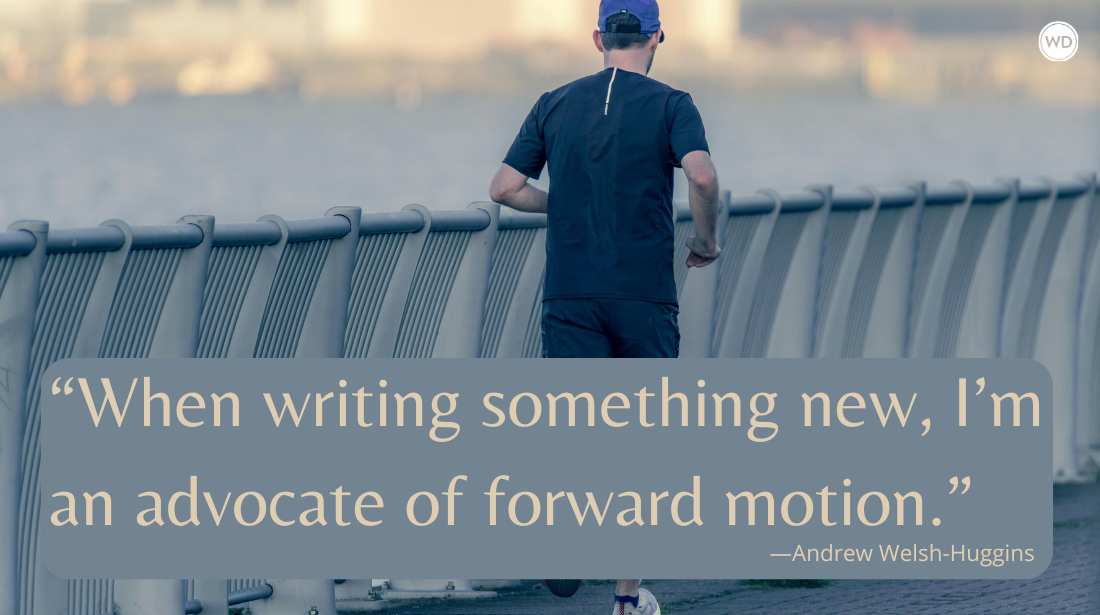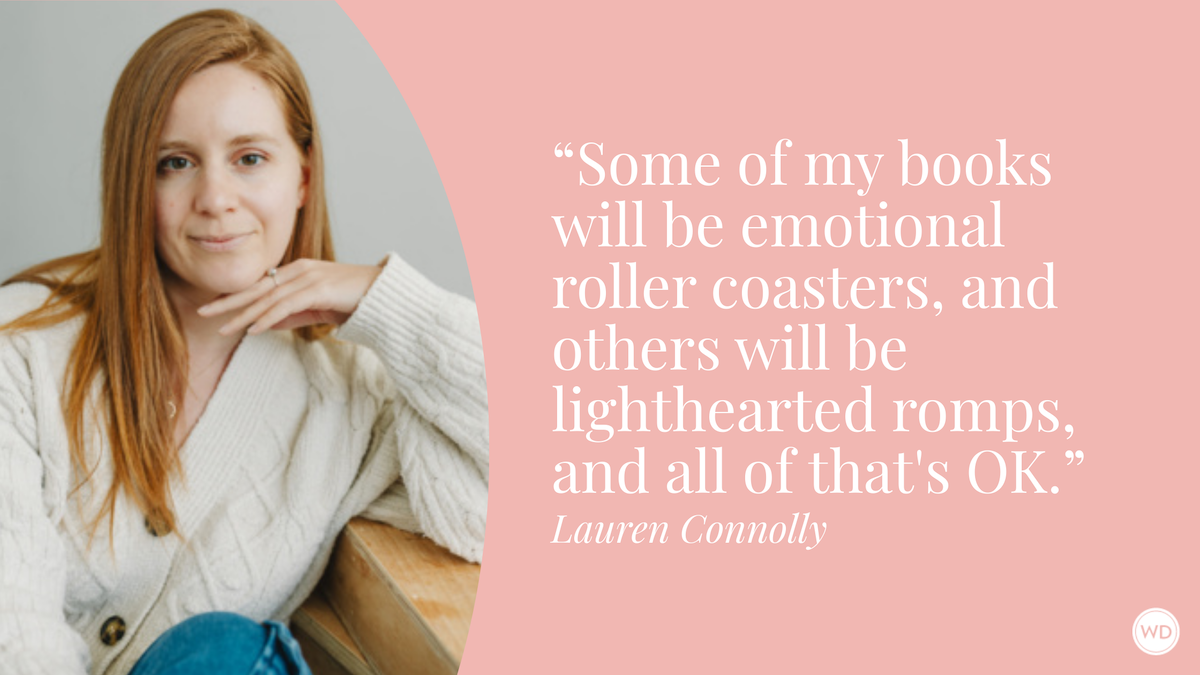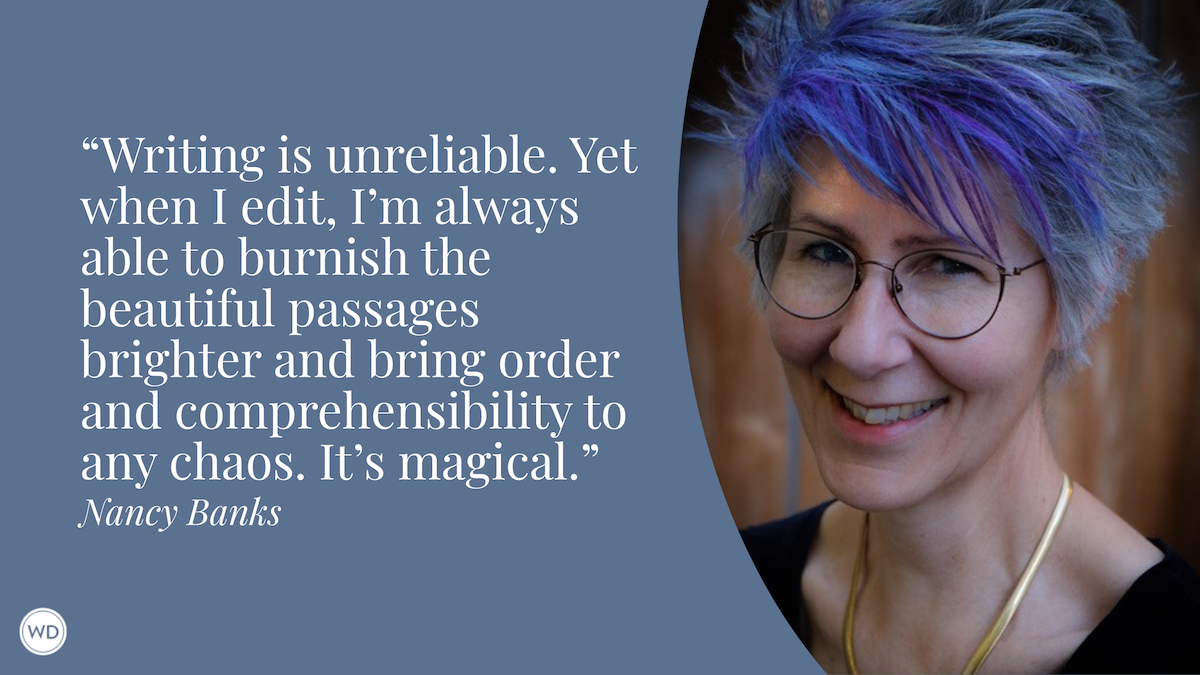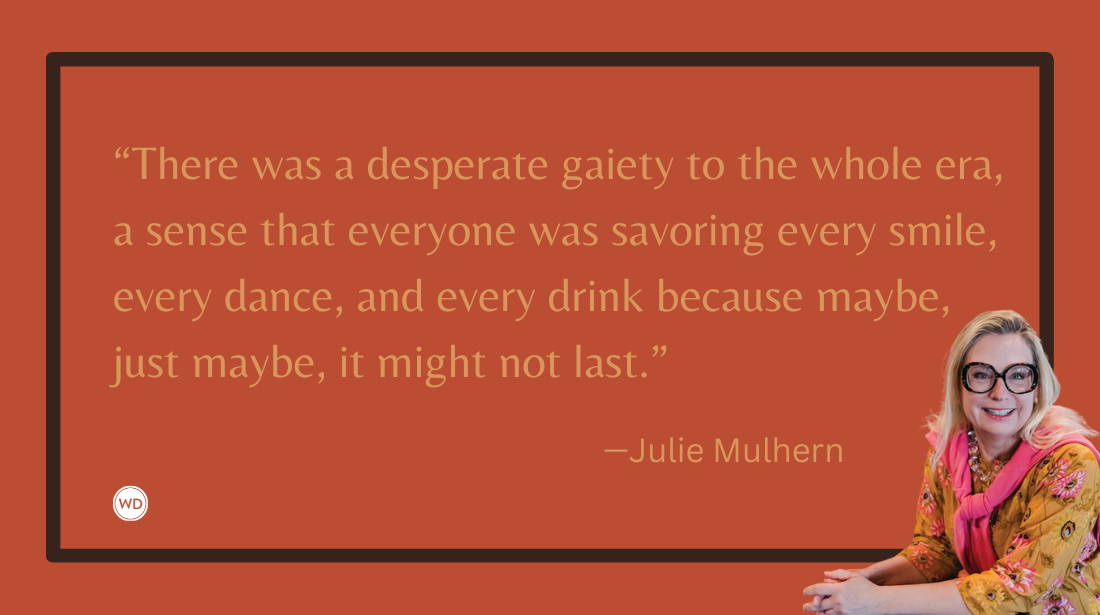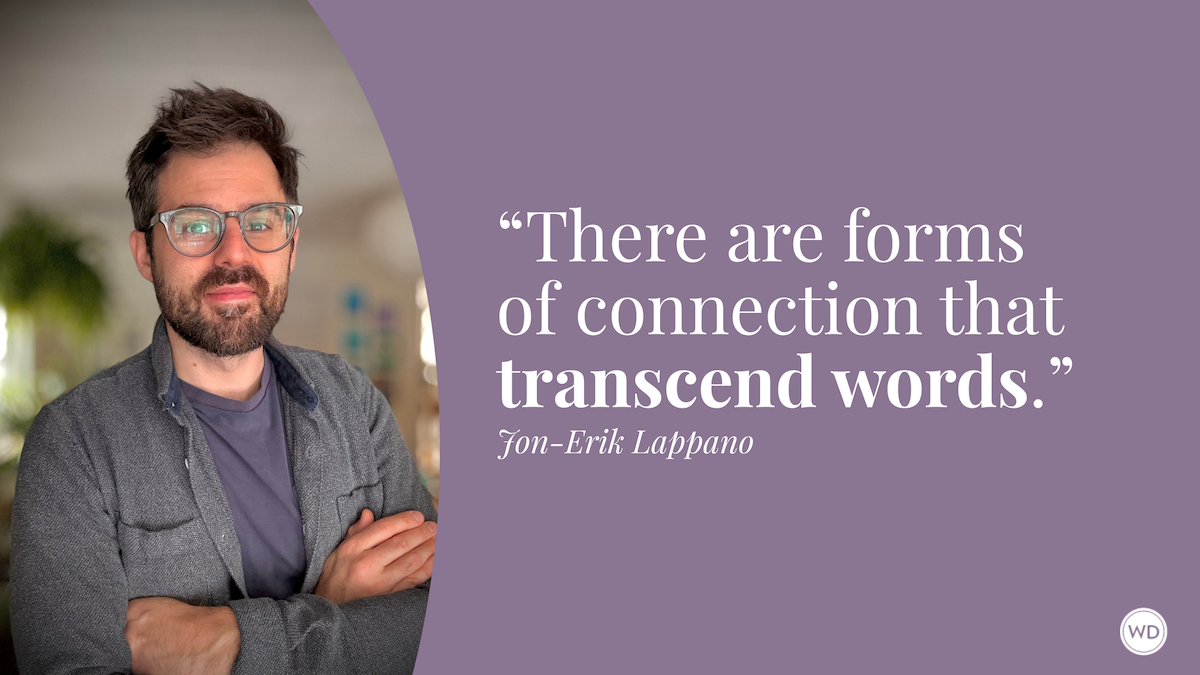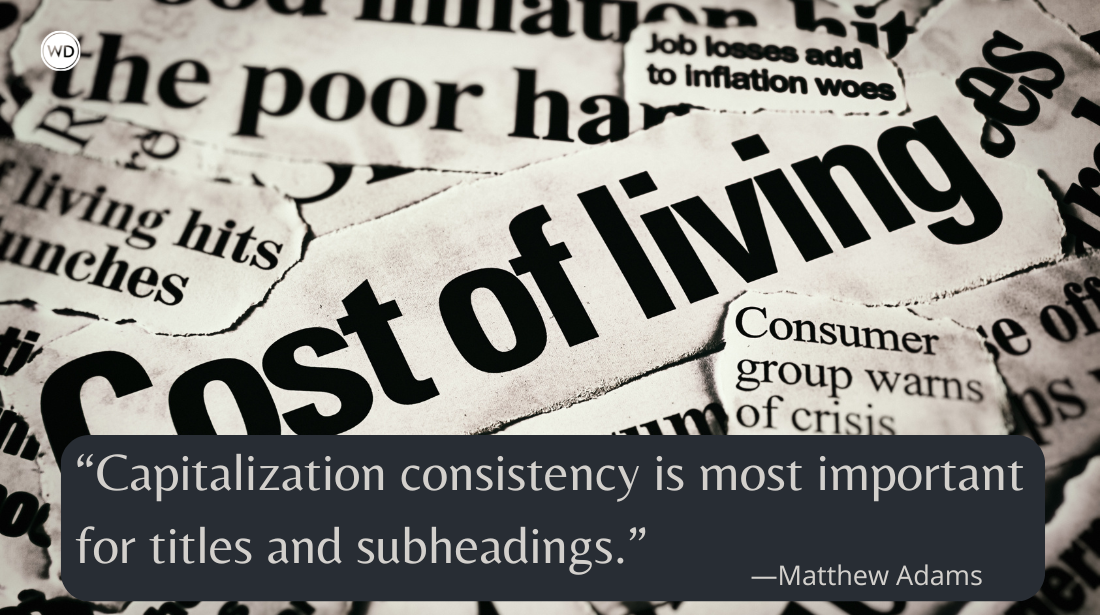4 Ways to Craft Irresistible, Believable Workplace Tension in Fiction
Author Lauren Okie shares four ways to craft irresistible and believable workplace tension in romance fiction.
Ah, the office. Truly the most boring, bland, fluorescently lit place on earth. Unless, of course, you happen to be under the spell of a work crush. Then, all bets are off.
In my debut novel, The Best Worst Thing, Nicole and her love interest, Logan, are former colleagues. While their relationship as co-workers ended years before the novel’s inciting incident brings them back together, the book features a dual timeline, offering a retrospective glimpse at Nicole and Logan’s love story from the very beginning, when it was little more than a bit of workplace banter.
Here are four tips and tricks I used to strengthen my main characters’ workplace tension that you can implement in your work, too.
Set the stage—but don’t overdo it
There’s a reason that offices are breeding grounds for harmless little crushes: forced proximity. For 40-plus hours a week, two unsuspecting employees are just... near each other. All the time. If your characters have a good rapport, there’s no need to overdo it. After all, they’re at an office—not a bar.
With that in mind, give us an early look at a regular day at the workplace. Who’s serious? Who’s cracking jokes? Who’s distracting whom? Perhaps your story requires longing stares or intense yearning right off the bat, but even then, these moments must be earned. Wherever your characters are at, consider offering a quick, establishing scene that shows us who these people are and how they interact.
In The Best Worst Thing, for example, we meet Logan for the first time in a flashback that’s less than a page long. Nicole is trying to get information from Logan to complete a time-sensitive task, and Logan is... showing her a ridiculous computer game he’s been playing all day on his monitor screen.
She teases him, he teases her back, and then we’re out of the scene. It’s zingy, it’s charming, it’s character-forward, and then it’s over.
But the reader knows, for sure, that we’ll definitely be coming back.
Make the mundane sacred
Here’s another thing about workplace crushes: They are, by design, not hot. Bodies are obscured by Banana Republic garb. People sit in cubicles. Somebody from accounting microwaves leftover sea bass for lunch and makes it the rest of the office’s problem for the next three months.
But you can use these banalities to your advantage. You can make the mundane sacred by creating workplace intimacy rituals for your characters. Does he throw a packet of Oreos at her desk every afternoon at 3 pm? Do they have a shared enemy in procurement? The Office is famous for this tactic. For turning universal nine-to-five minutiae into moments that make sparks fly.
Another fantastic example: Natalie Sue’s 2024 debut, I Hope This Finds You Well, in which the hot-mess protagonist, Jolene, falls for Cliff, the HR representative sent from corporate to rectify her (fantastically) bad attitude.
Most scenes between Jim and Pam and Cliff and Jolene aren’t actually hot. Everyone’s wearing chinos and cardigans... and yet: Banter. Butterflies. The unmistakable signs of soulmate-level chemistry, which, when properly dispatched, can pop more in a copy room than on a fancy first date.
You’ve just got to leverage the boring stuff to make the real story stand out.
Play with the setting to propel the narrative forward
You’ve established rapport. You’ve shown sparks. You’ve made the boring spectacular. Now, the story must escalate. Flirting is cute, yes, but forward motion is essential to maintaining that exquisite will-they-or-won’t-they tension. Feelings can’t stay bottled up forever—or, if they do, there should be consequences for that. These are humans you’ve built, and if they’re not together, it should be driving them crazy.
So, once you’ve earned it, put your characters in a pressure cooker. In The Best Worst Thing, we see emotional escalations at a holiday party, during a late-night paper jam, and on a freezing-cold work trip. The chief trick here, in my opinion, is to continue to leverage the “workplace” while actually shifting the setting. This can signal to the reader—and to your characters—increased opportunity for intimacy, understanding, and connection.
It’s simple, too. At a holiday party, for example, characters are dressed up. Their appearances are, suddenly, up for discussion. People are drinking. Spouses and partners might show up. It’s dark out! The event flips the standard setting on its head and offers all sorts of opportunities for interiority, reflection, discomfort, and longing. Little moments in which the characters realize they only know each other in one context, but are perhaps starving for more. For a drink, a brush of the hand, a night out in the real world, a conversation that doesn’t end.
Bonus points, of course, if they can’t have it.
Don’t be afraid to go nuclear
Remember when, in The Office, Jim literally transferred to a branch in another city to avoid Pam? Yeah. Gut punch. And yet, it made perfect sense. You’ve built humans who are falling for each other at work, sure. But they are full-bodied, complex characters, and that means that, when the workday ends, if they don’t get to have each other, they’re in pain. (Or, they’re in denial.)
It can’t be fun and games forever. Eventually, somebody’s going to have to do something big. Yearning and pining and those I-think-you-might-be-my-person moments have to lead somewhere. Does somebody shout a love confession? Try to stop a wedding? Attempt a kiss, then get rebuked?
The bottom line is, after a while, if your characters aren’t getting closer together, they need to be drifting farther apart.
So, if the story requires it, don’t be afraid to slam the office door shut. After all, if you’re writing a romance, your characters will get their chance to open it eventually.
They just might have to wait a while. That’s all.
Check out Lauren Okie's The Best Worst Thing here:
(WD uses affiliate links)




